How Much Does Bitcoin ATM Charge For $1000?
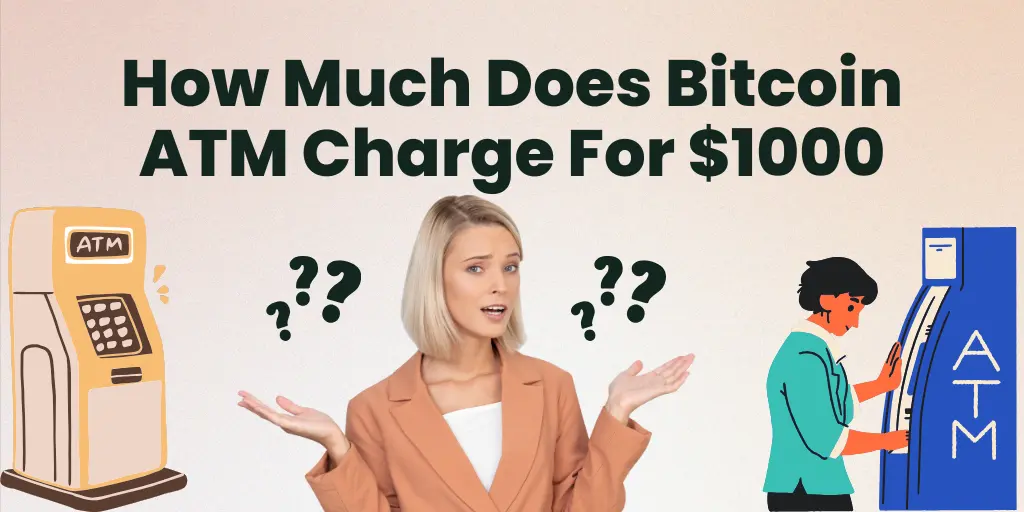
Bitcoin ATM Charge For $1000: Have become the vending machines of the crypto world—fast, everywhere, and sometimes unforgivingly expensive. Pop in some cash, scan your wallet, and out comes digital gold.
If you’ve ever walked past a glowing Bitcoin ATM kiosk, you’ve probably wondered—how much does Bitcoin ATM charge for $1000 worth of bitcoin from one of these machines?
Let’s break down how much does Bitcoin ATM charge for $1000, what goes into that price, and why a seemingly simple transaction might come with a reality check.
Quick Fee Estimate: $50 to $250
If you’re looking for a straight-up number, here’s the range: most Bitcoin ATM Charge $1000 will charge you anywhere from 5% to 25% of your total transaction amount.
For those wondering how much does Bitcoin ATM charge for $1000, the fees typically range from $50 to $250. The exact amount depends on several factors—some transparent, others murky at best.
Why Bitcoin ATMs Just Work
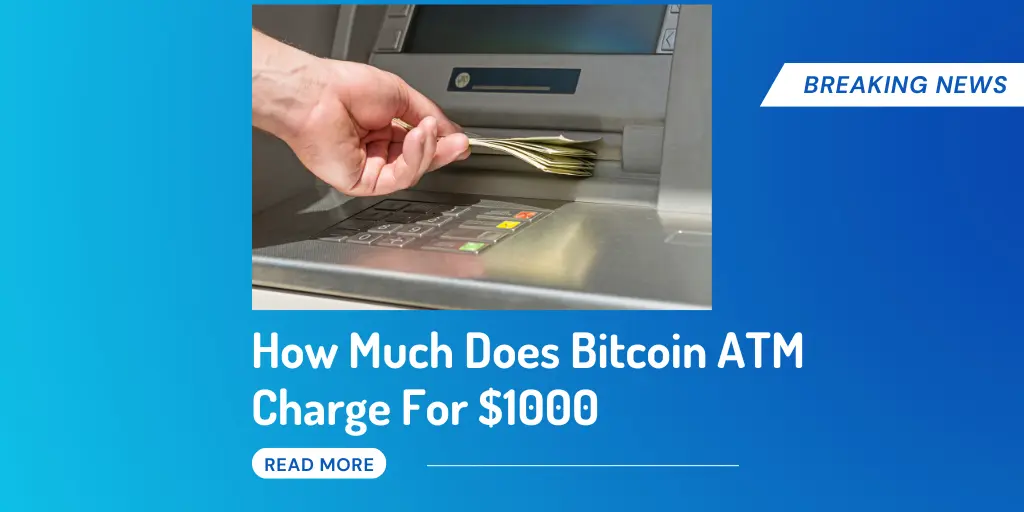
Bitcoin ATM Charge For $1000 are all about cutting the extra steps. You don’t need to download anything, wait days, or deal with bank forms. Just walk up, insert your cash, and Bitcoin lands right in your wallet. Selling works just as easily—you get real cash back in minutes. No account? No problem.
These machines don’t ask for your financial background. The screen guides you through the process, so even if it’s your first time, you won’t feel lost. Plus, many are open all day, every day—no closing hours like banks.
Sure, the fees might be a bit higher than online platforms, but what you get in return is instant access, real-world convenience, and no red tape. It’s a simple way to handle crypto, especially when time and ease matter more than anything else.
Why Are Bitcoin ATM Fees So High?
Bitcoin ATM Charge For $1000 are not regulated in the same way traditional banking infrastructure is. Operators set their own fee models, and there’s often little consistency. But the inflated fee structure isn’t random. Here’s what you’re actually paying for:
1. Operator Markup
The primary fee you’ll encounter is a percentage-based markup on the current Bitcoin price. This is how the ATM operator profits.
For example, if Bitcoin is trading at $60,000 on Coinbase, your ATM might “sell” it to you for $63,000. That’s an invisible 5% markup right off the top.
2. Network Fees
Every transaction on the Bitcoin blockchain carries a miner or “network” fee. This isn’t controlled by the ATM operator but fluctuates depending on how congested the blockchain is During heavy traffic (like bull runs or panic selling), this can spike substantially. Think of it as the cost of getting your transaction prioritized.
3. Convenience Premium
Let’s face it—these machines are built for convenience. You don’t need a bank account, you don’t need to sign up for a crypto exchange, and you don’t need to wait days for funds to clear. That immediacy comes with a cost. Want to know how much does Bitcoin ATM charge for $1000 in return for that convenience? Sometimes up to 25%.
4. Regulatory Compliance
KYC (Know Your Customer) and AML (Anti-Money Laundering) requirements mean Bitcoin ATM operators in the U.S. must register with FinCEN and verify user identities. These compliance costs affect how much does Bitcoin ATM charge for $1000, increasing the overall fees you pay at the machine.
A Closer Look at Real Operator Fees
To understand how much does Bitcoin ATM charge for $1000, here’s a breakdown of what some major Bitcoin ATM operators typically charge:
| Operator | Fee Range | Cost on $1,000 |
| CoinFlip | 4.99% – 21.90% | $49.90 – $219.00 |
| Byte Federal | 10% – 25% | $100.00 – $250.00 |
| Bitcoin Depot | ~11% average | ~$110.00 |
So if you’re wondering how much does Bitcoin ATM charge for $1000, you might be surprised to find you’re only getting around $800 worth of bitcoin after fees.
Hidden Cost #1: Slippage
Bitcoin ATM Charge $1000 prices change every few seconds. If the ATM doesn’t lock in a rate at the time of purchase, you could end up with even less bitcoin than expected. Some machines take a few minutes to process the transaction, and any shift in price during that window can cut into your return.
Hidden Cost #2: Poor Exchange Rates
Even apart from the percentage-based fees, knowing how much does Bitcoin ATM charge for $1000 can be tricky due to poor exchange rates and spreads.You might find that you’re paying $63,000 for one bitcoin when it’s trading at $60,000 on an exchange. That $3,000 gap? That’s a silent fee—and it impacts how much does Bitcoin ATM charge for $1000 far more than most people realize.
When the Bitcoin Price Spikes, So Do Fees
It’s not just about how much you’re buying—it’s about when. During periods of high demand (say, when Bitcoin ATM Charges For $1,000 is trending on social media or making headlines), the blockchain network gets flooded. That congestion leads to higher miner fees.
Bitcoin ATM Charges For $1,000 react to this chaos in two ways:
- They increase transaction fees to maintain profit margins.
- They adjust the spread on Bitcoin prices—buying low, selling high—to offset volatility.
So while figuring out how much does Bitcoin ATM charge for $1000 might show a $950 return on a calm day, the same bill might get you only $800 worth during a weekend rally.
Why People Still Use Bitcoin ATMs
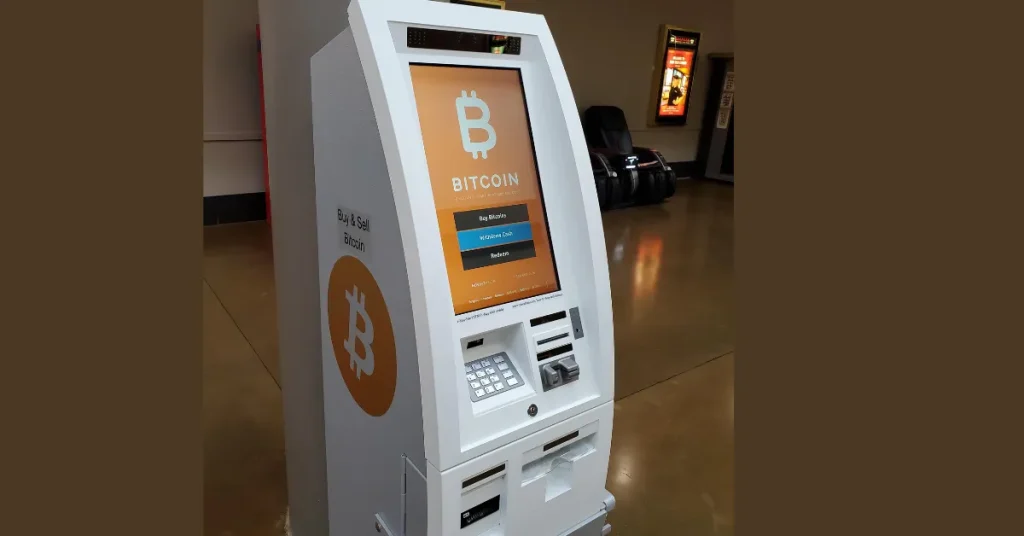
If they’re so expensive, why do people still use them?
Here’s the paradox: Bitcoin ATMs exist to serve those without easy access to crypto—often the unbanked or underbanked population. They’re for people who don’t want to deal with online exchanges, KYC delays, or linking bank accounts to sketchy-looking apps.
It’s crypto for the offline world, and in that world, speed and access matter more than fees.
How to Minimize Bitcoin ATM Fees
You can’t entirely avoid fees, but you can manage them. Here’s how:
- Compare operators: Use websites like Coin ATM Radar to check local machines and compare fee structures before visiting.
- Choose off-peak hours: Transaction fees may drop during periods of low blockchain activity (typically late night or early morning UTC).
- Make larger transactions less frequently: A flat 8% fee on Bitcoin ATM is better than three separate 10% fees on $333.
- Check the rate before you confirm: Most ATMs show the current exchange rate and total fees before completing the transaction. Don’t skip that screen.
Do Bitcoin ATMs Ever Offer Flat Fees?
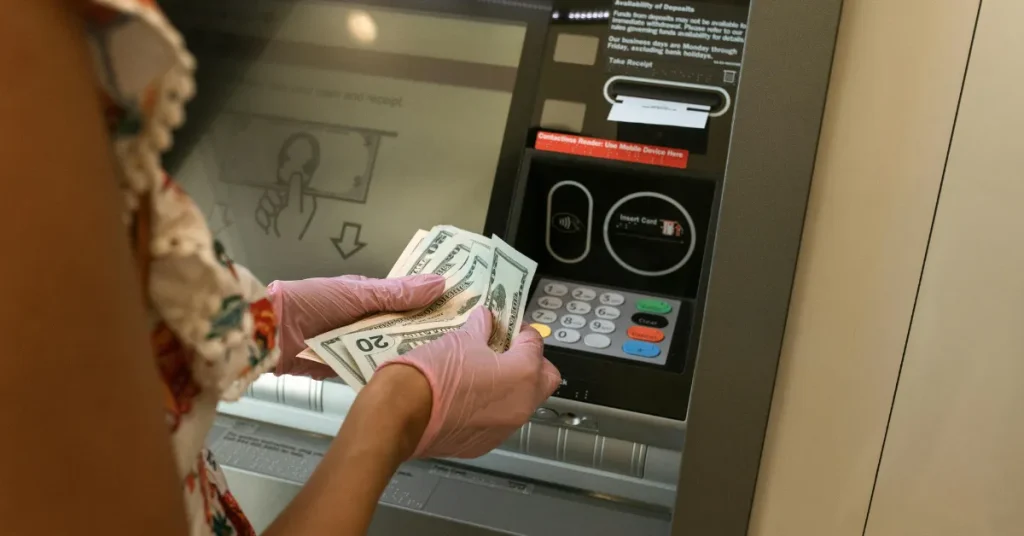
Rarely. Most charge a percentage, but some offer hybrid models—for instance, a 6% fee plus a $3 flat processing fee. While that sounds better, it rarely works in your favor for large transactions. The system is built to scale fees with the amount you spend.
Final Calculation: What You Actually Get
Let’s assume a Bitcoin ATM charges 12% in total on your transaction—so how much does Bitcoin ATM charge for $1000 in this case? Around $120 in fees.
- Transaction: $1,000
- Fee: $120 (12%)
- Bitcoin purchase amount: $880
- Bitcoin price at time of purchase: $60,000
- BTC you receive: 0.01467 BTC (rounded)
Now try the same on Coinbase or Cash App, which typically charges 1.5% or less:
- Fee: $15
- Bitcoin purchase amount: $985
- BTC received: 0.01642 BTC
That’s a 10% difference in total BTC received. Over time, that adds up—especially if Bitcoin’s price increases.
Conclusion: Bitcoin ATMs Are Convenient, But Not Cheap
Bitcoin ATM are expensive. If you’re asking how much does Bitcoin ATM charge for $1000, the answer is: expect to lose between $50 and $250 to fees, markups, and price spreads. That’s the cost of convenience, anonymity, and instant access.
For some, that tradeoff is worth it. For others, especially those comfortable with mobile apps or crypto exchanges, it’s an unnecessary burn.
Just remember: that glowing machine in the corner might be your fastest gateway into crypto but it’s not the cheapest, and it rarely works in your financial favor.
Read also :
FAQs– Bitcoin ATM Charge For $1000
1. Is it cheaper to do multiple small transactions than one large $1,000 transaction?
Often no. In fact, doing smaller amounts repeatedly might increase your total fees, especially if the machine charges a minimum per transaction or has tiered pricing.
2. Does using cash or card at a Bitcoin ATM affect the fee for $1,000?
Yes, sometimes. Some machines offer slightly lower fees for cash compared to debit or credit card usage. It depends on how the operator wants to offset their processing costs.
3. Can I avoid Bitcoin ATM fees altogether?
Not really. All ATMs charge something, even if the rate varies. The only way to avoid fees completely is by using peer-to-peer transfers or crypto exchanges — but those aren’t always accessible offline.
4. Can I see the fee before completing a Bitcoin ATM transaction?
Yes, most machines show you the full breakdown including the fee before you hit the final “confirm” button. If a machine doesn’t show fees upfront, it’s best to avoid using it.
5. Are Bitcoin ATM fees negotiable or fixed once set?
Fees aren’t negotiable. The machine is pre-programmed to charge what the operator has set. There’s no room for bargaining like in a shop.


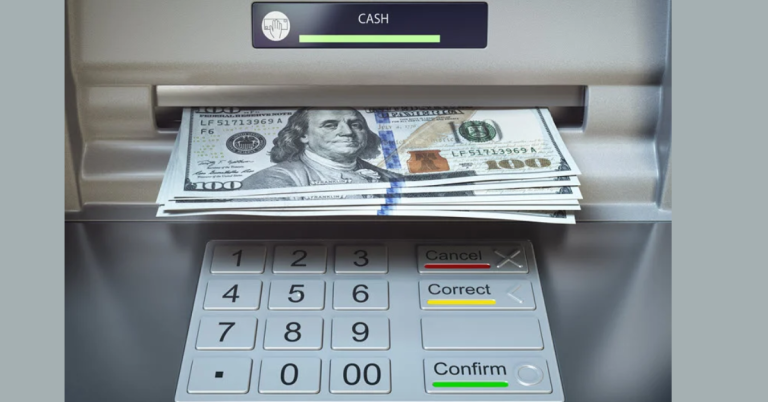
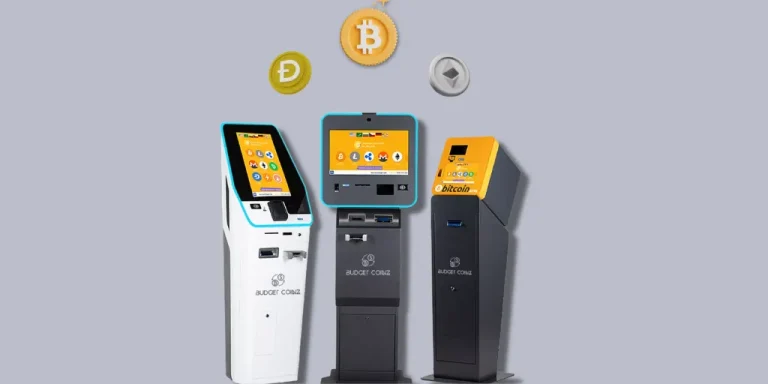

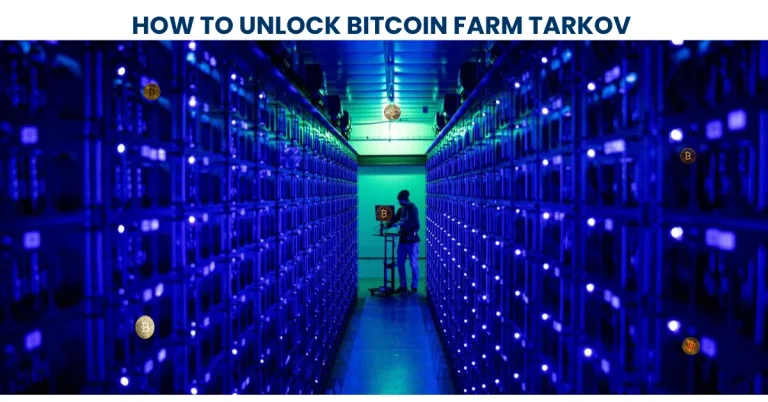





3 Comments